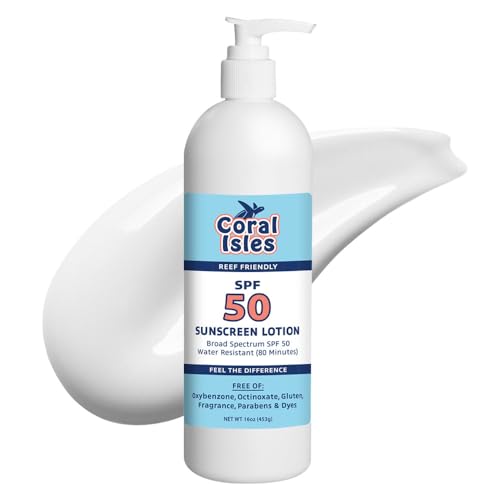The above calculations are for oven-dry rock immersed in water. For saturated rock (rock that has been under water for much longer than 24 hours), the amount of contaminent that would diffuse into the rock would depend upon the concentration of the contaminent, the time period of the exposure, and (to a lessor degree) the molecular size of the contaminent.
Personally, I would put the rock in a separate container to soak. Change water daily. After the second day, put an airstone in and watch. If the air bubbles from the airstone remain stable and accumulate on the surface of the water, I would say it was still contaminated with soap. Rinse longer or give up and pitch.
If, however, the bubbles break and go away (as would normally happen with an airstone in saltwater), I would use the rock.
Personally, I would put the rock in a separate container to soak. Change water daily. After the second day, put an airstone in and watch. If the air bubbles from the airstone remain stable and accumulate on the surface of the water, I would say it was still contaminated with soap. Rinse longer or give up and pitch.
If, however, the bubbles break and go away (as would normally happen with an airstone in saltwater), I would use the rock.


































































